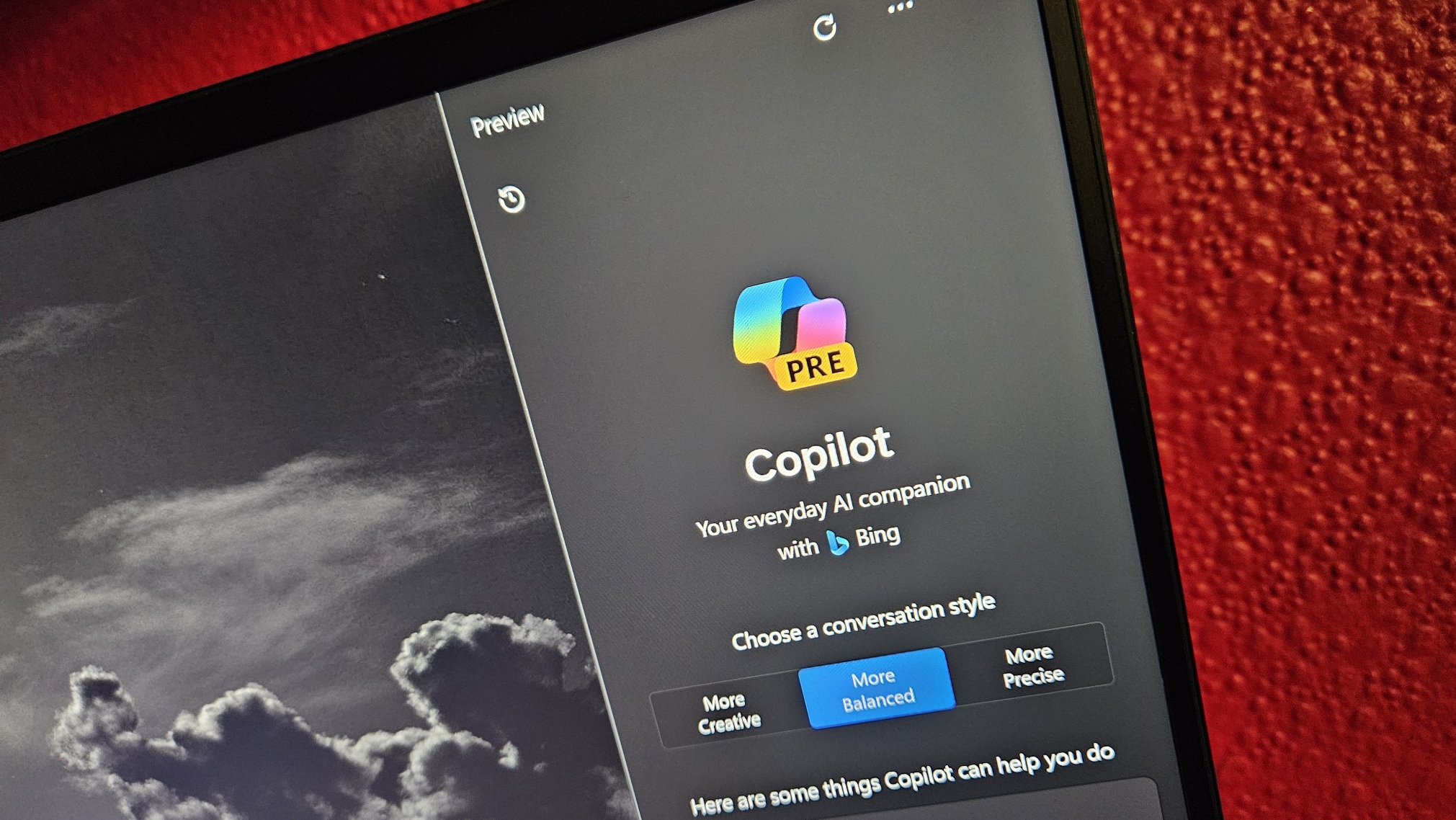Microsoft pressures Windows 10 users with full-screen multipage popup ads urging them to upgrade
Microsoft is using annoying ads to get Windows 10 users to upgrade to Windows 11.

What you need to know
- Some Windows 10 users have reported receiving pop-up ads asking them to upgrade to Windows 11.
- This happened while trying to install January's optional update for January on their Windows 10 devices.
- Microsoft presents users with two similar options that persuade them to upgrade immediately or schedule it for later while burying the option to keep using Windows 10 at the bottom of the screen.
We've known about Microsoft's plans to cut support for Windows 10 in October 2025 for some time now. It's also clear that the company wants users to upgrade to Windows 11.
StatCounter's latest report shows that Windows 10 reigns over Windows 11 with 66.47% of the market share. Windows 11 comes in second with a mere 27.83% market share. However, this is an improvement from December's 26.54%. Perhaps this could indicate that users are finally warming up to the idea of upgrading to Windows 11. Windows 11 hit the 400 million monthly active devices mark last year, with projections to hit half a billion by early 2024.
READ MORE: Windows 11 review: The start of a new era
As we edge closer to Windows 10's cutoff date, Microsoft has seemingly gotten more aggressive with its campaign to get more users to transition to Windows 11. According to Windows Latest, some Windows 10 users are being slapped with a multi-panel pop-up that takes up the PC's entire screen real estate. Moreover, the pop-up features four pages, which are in place to convince users with supported devices to transition to Windows 11.
Per the publication's investigation, it seems that users encountered this pop-up while trying to install January's optional update on their Windows 10 devices. The first pop-up page informs the users that they are eligible for a free upgrade to Windows 11. It further indicates that users can initiate the download process and continue using their PC as it runs in the background.
Microsoft presents users with two buttons at the center of the screen. While you'd assume the first option is to get the upgrade and the second one is to keep using Windows 10, this isn't the case.
Ironically, both buttons essentially do the same thing. The only difference is that the first option will initiate the download process instantly, while the second option lets you schedule the upgrade for later. The option to keep using Windows 10 is also present, but you might miss it since it's buried at the bottom of the screen.
All the latest news, reviews, and guides for Windows and Xbox diehards.
If you find this lucky "hidden" third option, you'll still need to navigate through two additional pages. The first page lets you know that the best choice would be to upgrade to Windows 11, while the second page is to confirm that you want to keep on using Windows 10.
Are users ready to upgrade to Windows 11?
This isn't the first time Microsoft has used this ploy to get users to upgrade to Windows 11 from Windows 10. It's sort of the norm ever since Windows 11 shipped. The company even injected ads into the Start menu on Windows 11 to get users to back up files through OneDrive and sign up for a Microsoft account. Luckily, it's possible to disable annoying ads on Windows 11.
I covered the state of Windows as 2023 ended, and it's apparent that users aren't ready to let go of Windows 10. This can be attributed to the depressed PC market (though trends show it's on an upward trajectory this year), strict minimum system requirements for the OS, Windows 11 flawed design, and more.
A public interest research group filed a petition asking Microsoft to reconsider its decision to cut support for Windows 10. The group argued that over 40% of users still run Windows 10. Moving forward with this plan would lead to "the single biggest jump in junked computers ever," which doesn't align with the tech giant's sustainability goals.
Microsoft introduced an "extended security update" (ESU) program for Windows 10, which is in place to allow users to pay for monthly security updates beyond Windows 10's end-of-support date. The program adds three years of continued support from Microsoft for Windows 10 after it officially cut support for the OS.
Additionally, Microsoft also shipped Windows Copilot to Windows 10 users. It's unclear whether this move is designed to give users a taste of what awaits them once they upgrade to Windows 11 or if Microsoft might have something else in mind for Windows 10.
This is on top of rumors hitting the mill indicating that Microsoft might be getting ready to ship Windows 11's successor, Windows 12. You can catch up with everything we know so far about the AI-baked OS, though it seems it might not ship this year as earlier expected. What we know for sure is that users should expect Microsoft's next feature drop for Windows 11 this month.

Kevin Okemwa is a seasoned tech journalist based in Nairobi, Kenya with lots of experience covering the latest trends and developments in the industry at Windows Central. With a passion for innovation and a keen eye for detail, he has written for leading publications such as OnMSFT, MakeUseOf, and Windows Report, providing insightful analysis and breaking news on everything revolving around the Microsoft ecosystem. While AFK and not busy following the ever-emerging trends in tech, you can find him exploring the world or listening to music.

